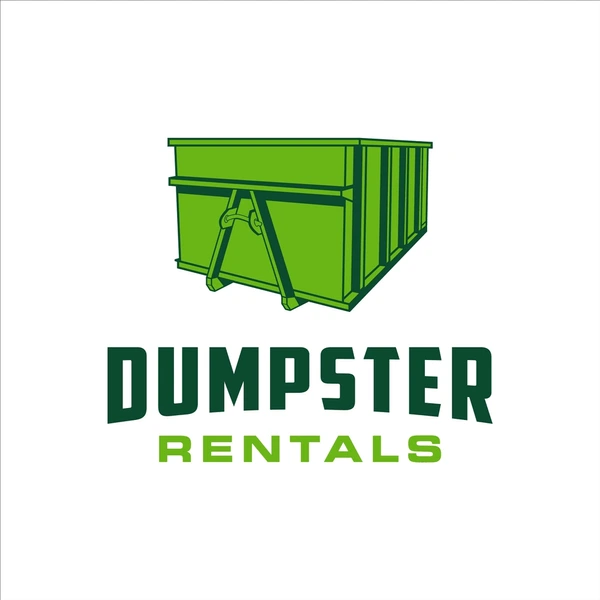Common Mistakes to Avoid When Renting a Dumpster in North Hollywood

Most people don’t give much thought before renting a dumpster. They expect it to simply arrive, sit in their driveway, and be taken away once full. On the surface, it seems simple. But reality often hits differently.
Once the dumpster is delivered, you quickly realize there are weight limits, local regulations, and permits to navigate—rules you probably didn’t even know existed. What seemed simple at first can suddenly become a complicated challenge.
North Hollywood is a busy area where homes, cars, and sidewalks sit close together. That’s why a dumpster rental in North Hollywood requires careful planning. From placement and duration to safety and city regulations, every detail matters—even if it’s on your own driveway or just for a weekend. To avoid fines or issues, it’s important to follow the right steps from the start.
Assuming You Can Toss Anything In
Here’s the part no one talks about. When people book a dumpster rental in North Hollywood, they think about getting rid of junk. Old furniture, broken items, renovation waste—that’s making room for a fresh start.
Most people don’t realize there’s a list of things you can’t toss in the bin—like paint cans, electronics, batteries, mattresses, and metal springs. So, the bin either gets left behind or, worse, it’s collected and you end up with a fine later.
The Environmental Protection Agency explains why improper disposal can harm the environment. And the City of Los Angeles Sanitation Department lists exactly what goes in which bin. This matters even more in places like North Hollywood, where space is tight and regulations are closely enforced.
Forgetting to Check for Permit Requirements
Many people are surprised to learn they need a permit, even when the dumpster is just sitting in their driveway. It’s not about breaking the rules; it’s about how strict some city guidelines are, especially in places like Los Angeles.
Cities care about things like:
- How close the bin is to the sidewalk
- If it blocks street visibility
- Whether it gets in the way of pedestrians
Most people only find this out after the bin is delivered. By then, the warning is already on your door—and you’re scrambling to fix it in the middle of your project.
Underestimating Weight Limits
This is something many homeowners don’t realize. Just because the bin doesn’t look full doesn’t mean it’s under the weight limit. Materials like bricks, dirt, soaked wood, and concrete add weight fast. A bin that’s half full can still be overweight.
If that happens, the hauler may not take it. You’ll pay extra. Or worse—you’ll have to unload it piece by piece, even though you thought the job was done.
Overlooking Placement and Access Issues
The delivery truck needs more than a spot to drop the bin. It requires full access to enter, lift, and leave without issues. If there are low power lines, narrow gates, or other vehicles in the way, it causes delays. That delay can cost time. And often, extra money too.
It’s not your fault. Most people don’t know how large the truck is or how much room it needs. But by the time you realize it, you’re rescheduling and hoping the next open date still works.



